Peace Studies Fellows
Peace Studies Fellows is an interdisciplinary network of UT faculty, students and citizens from across campus that work together to bridge academic interests related to peace studies; to aid in the promotion of peace related programs and events on campus; and to foster the roots of peace and justice into the core of the UT mission and culture.
Fellows meet once per semester and serve two-year terms. For faculty interested in becoming fellows please contact Dr. Dale Snauwaert.
Peace Fellows
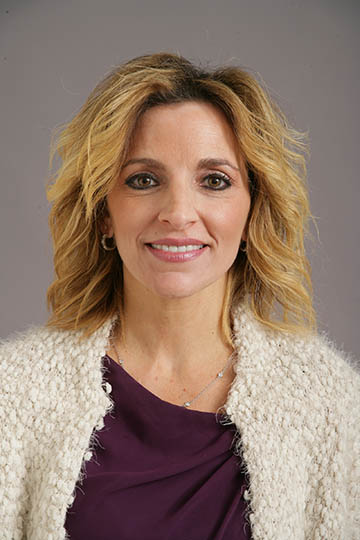
Name
Assistant Professor
Educational Psychology Program
Gillham Hall Room 5400Q
Mail Stop 921
419.530.4306
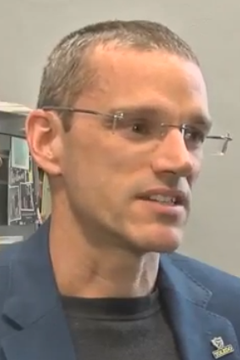
Professor
Environmental Economics
University Hall 4140F
419.530.4148
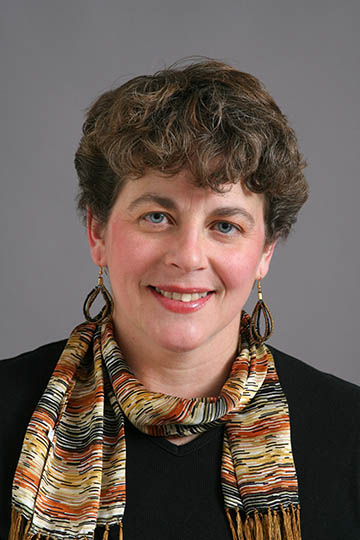
Professor, Program Coordinator
Social and Philosophical Foundations of Education, Educational StudiesGillham Hall
Room 5000-E
Mail Stop 921
419.530.7749
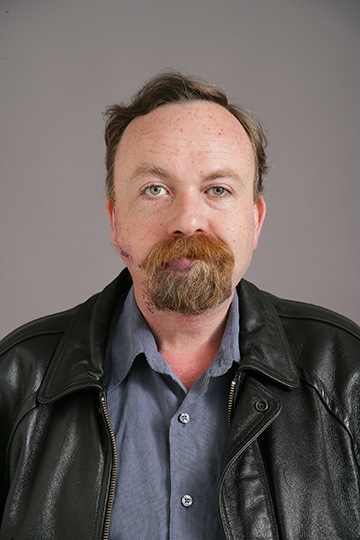
Professor
Art History
Center for the Visual Arts 3120
419.530.8325
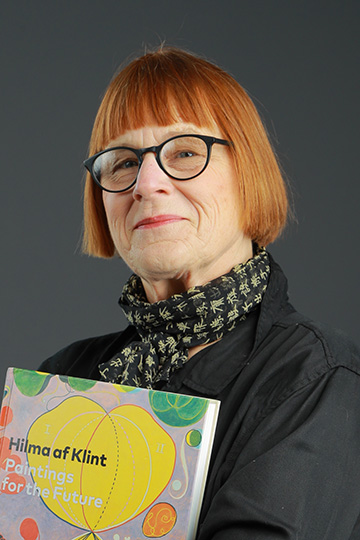
Chair, Professor
2D/3D Studies, Interdisciplinary Art
Center for the Visual Arts 2110
419.530.8315
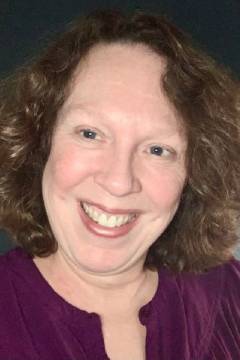
Ability Center of Greater Toledo Endowed Chair of Disability Studies
Distinguished University Professor, U.S. Disability History, Disability Law, Eugenics
UH 4390B
419.530.7254
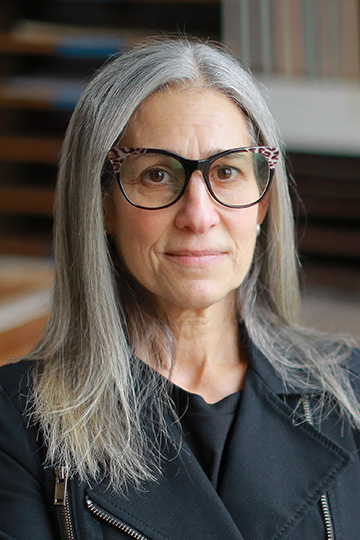
Associate Chair, Photography Coordinator, Professor
New Media Studies - Photography
Center for the Visual Arts 1070C
419.530.8314

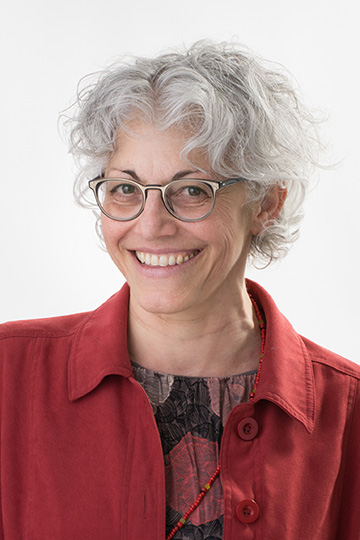
Professor
Art History, Modern and Contemporary Art
Center for the Visual Arts 1070A
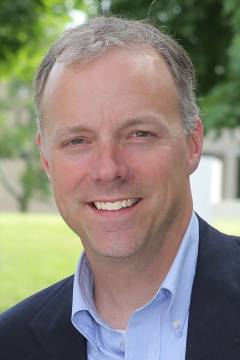
Senior Lecturer
Program Director
Department of Human Services
Office: HH 1300A
Mail Stop 119
Phone: 419.530.7748
Fax: 419.530.7752
john.schlageter@utoledo.edu
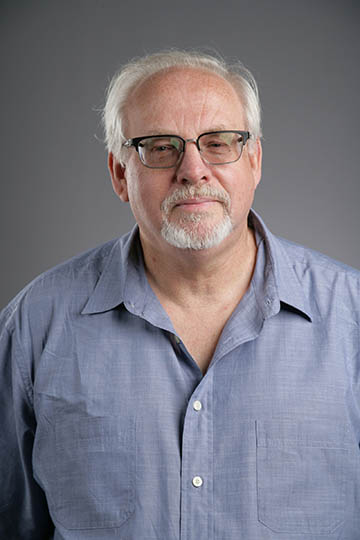
Professor
Social and Philosophical Foundations of Education, Peace Studies
Gillham Hall 5400-K
Mail Stop 921
419.530.2478
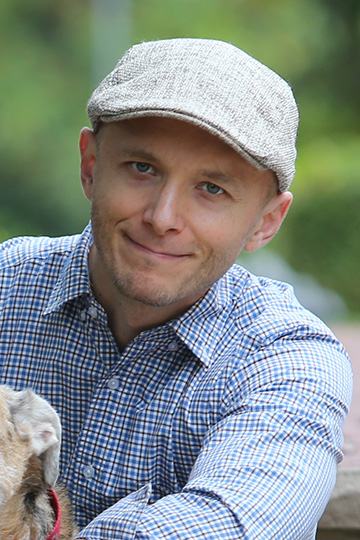
Professor
Graphic and Interactive Design
Center for the Visual Arts 3040
419.530.8320


